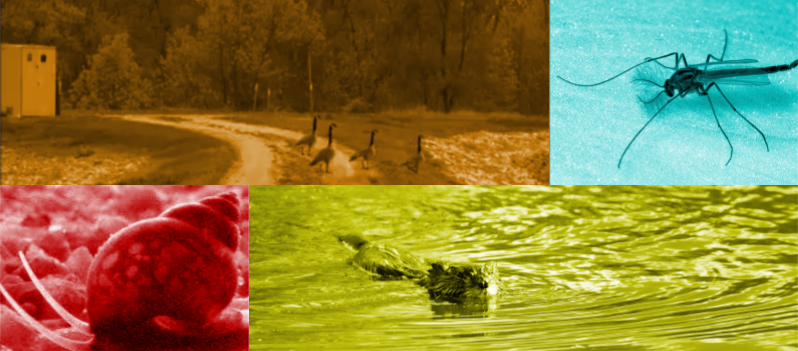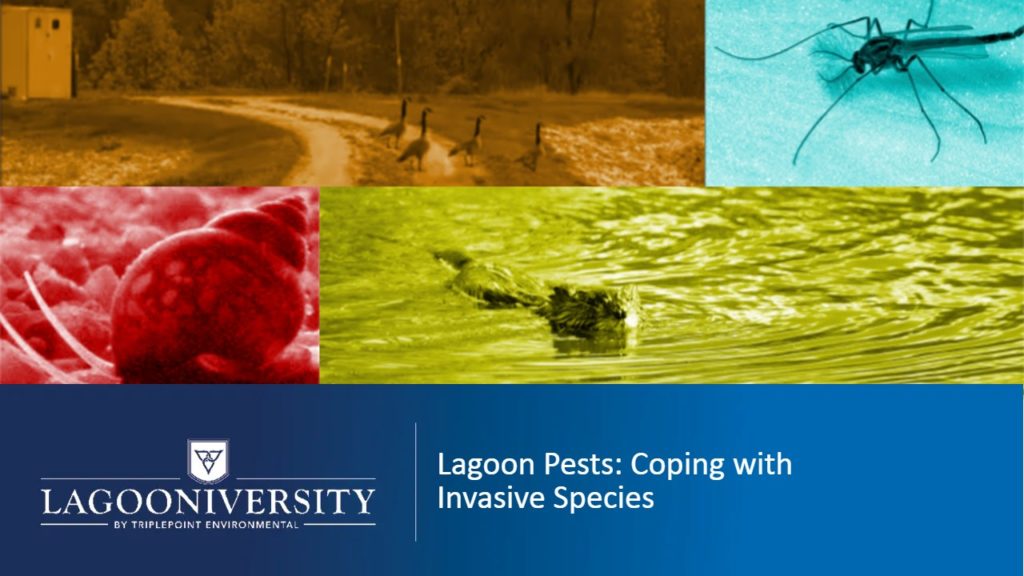We hope you were able to participate in our last live webinar, Lagoon Pests: Coping with Invasive Species. If not, you can watch it at your convenience on our Lagooniversity portal—it’s preapproved for CEU credit in many states. Read on for a brief review of topics from the webinar.
Pouch Snails

Pouch Snails are a common nuisance in wastewater facilities. They’re especially found in trickling filters but they can also proliferate in wastewater lagoons.
Snails feed off organic material like algae, biomass, and bacteria, and they prefer quiescent conditions with high oxygen, which can make a lagoon system an attractive habitat for them to breed in.
Snails create both treatment and maintenance issues: they can disrupt nitrification by eating ammonia metabolizing bacteria and they can build up in effluent structures and clog your effluent pipe. They can also fill up and damage downstream filter systems.
Your best snail control strategy is prevention. Minimize their food sources by keeping algae and sludge in check, and regularly inspect downstream structures where snails are likely to accumulate.
Physically remove the snails and then spray the surfaces with a 3% hypo solution to kill any larvae. A flanged Y strainer can be installed ahead of the effluent structure to filter out snails and larvae.
Red Worms and Midge Flies
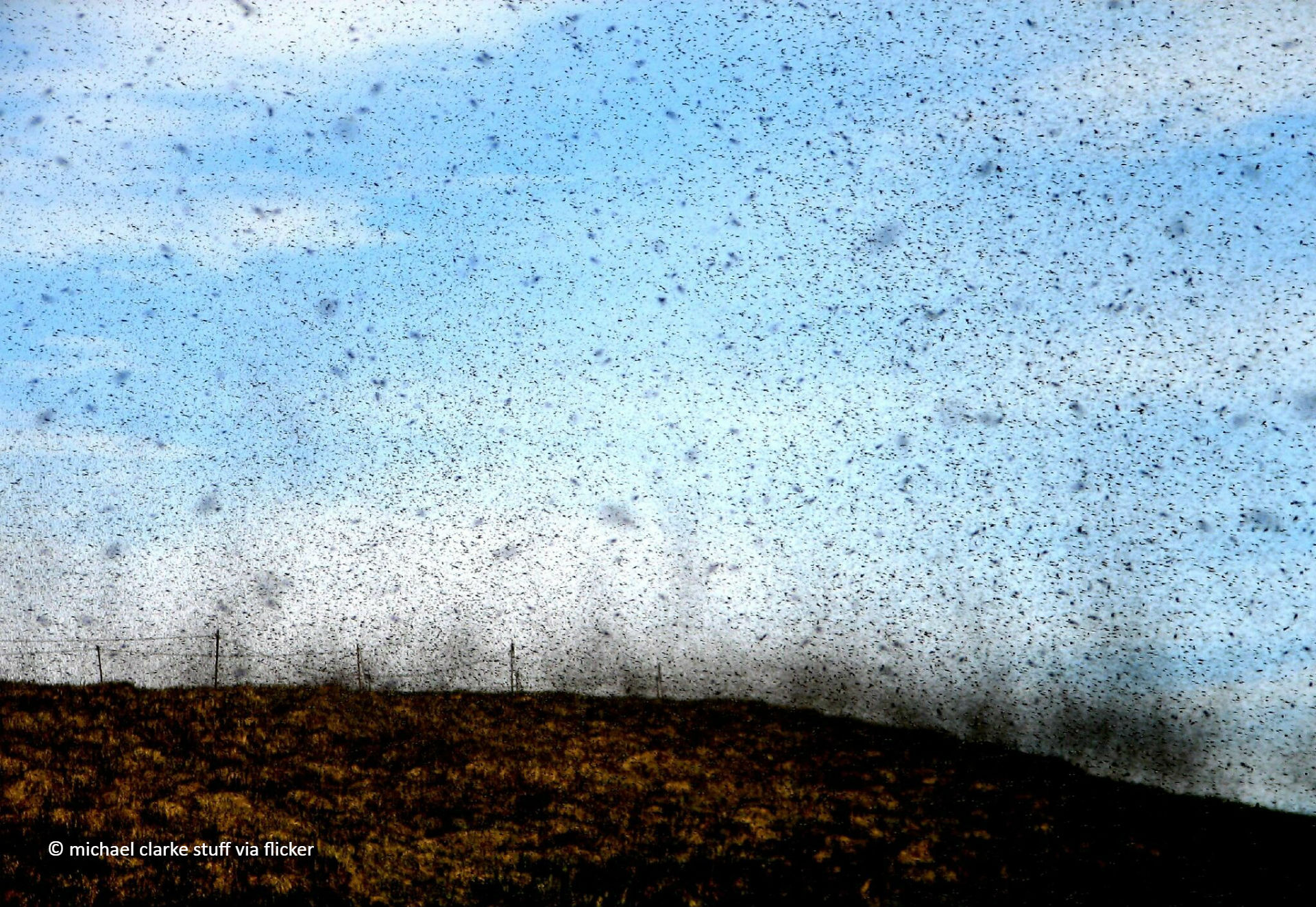

Red worms, sometimes called bloodworms, are the larval form of midge flies. Although midge flies don’t bite, they can be a nuisance, swarming and driving people indoors.
Like snails, midge flies enjoy quiescent waters and consume algae, sludge, and nitrifying bacteria.
An infestation of midge flies or red worms can be an indicator of what’s to come in your lagoon system: excessive sludge and accompanying odors; high TSS; and high nutrient levels.
To control red worms and midge flies, keep algae and sludge in check; minimize plant lighting at night; consider biological or chemical augmentation; or introduce natural predators like carp or Gambusia.
For more detail on this topic, read our dedicated blog: Lagoon Midge Flies: How to Control Chironomids and Red Worms.
Muskrats
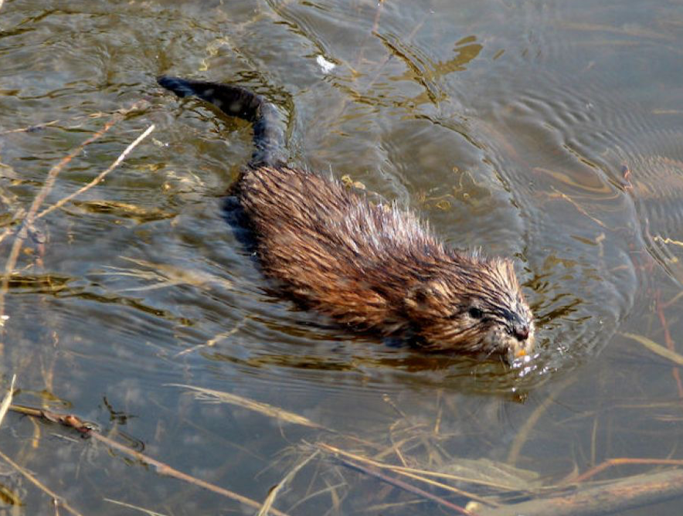
While commonly found in lakes and ponds, muskrats can be a nuisance in wastewater lagoons, attracted by food sources like aquatic plants, fish, and turtles. They are known to weaken the structural integrity of berms and chew through wiring.
To protect your lagoon from muskrats, cover the berm with riprap; run a wire along the water’s edge to discourage burrowing; eliminate fish and plants; or hire a trapper.
Geese

Canada Geese are migratory birds that often land in lagoon systems. Unlike snails and midge flies, they don’t mind an aerated lagoon surface—they seem to enjoy swimming around the bubbles. Geese are tenacious and will attack if provoked.
The primary concern for lagoons is their poop! A flock of 100 geese can produce 7 pounds of poop a day, which, in addition to being an e. coli threat, also promotes algae growth and sludge buildup due to its high phosphorus content.
To discourage geese from congregating in your lagoon, you can place wires over the lagoon surface, use chemical repellants, or employ a guard dog or swan to harass them. Or try a new technology like the Goosinator to chase them away and prevent them from returning.
Duckweed

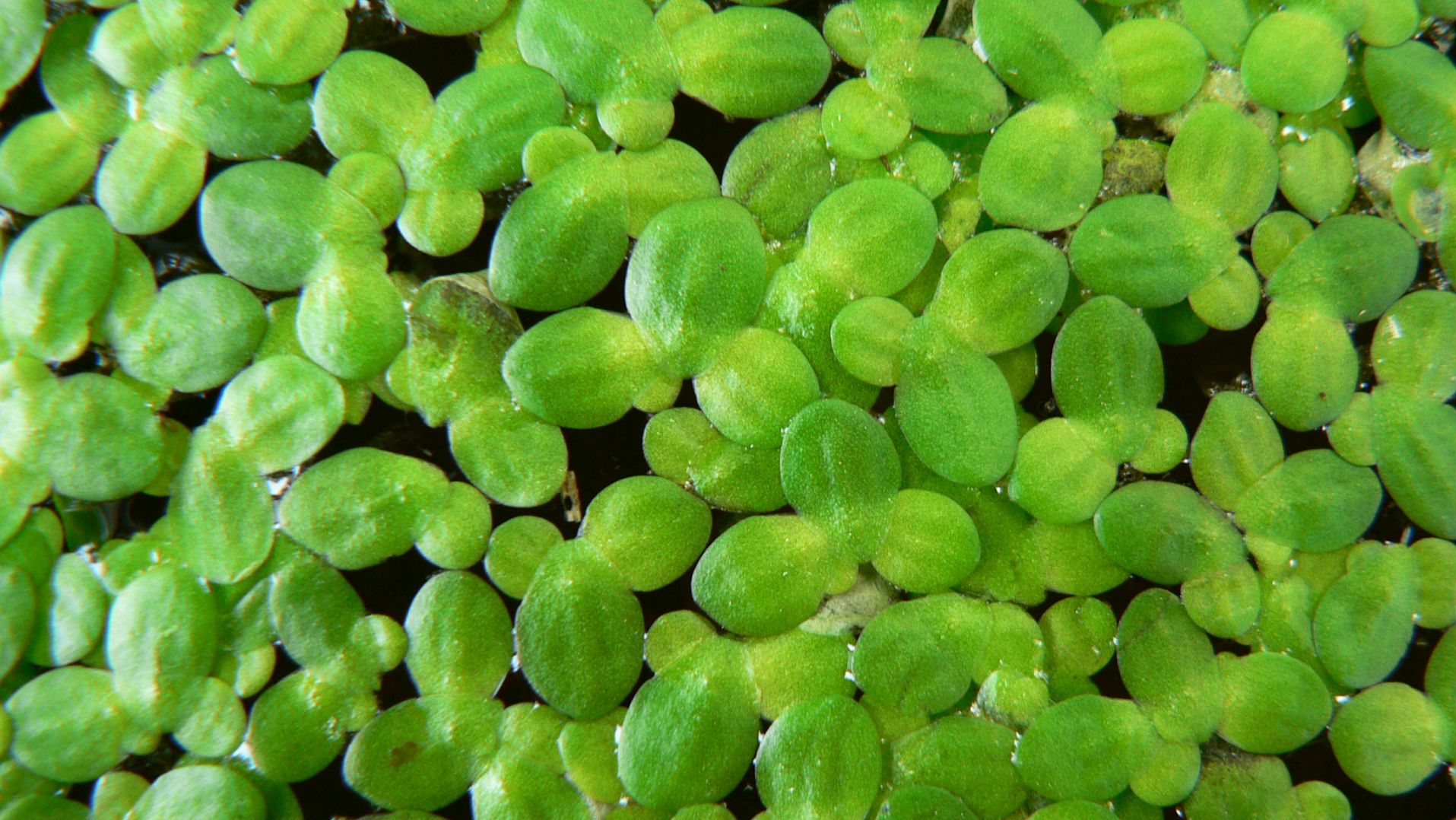
Duckweed is a small, leafy plant that proliferates rapidly in stagnant or slow-moving water containing nutrients like ammonia and phosphorus. It spreads easily, either through water channels or by hitching a ride on mammals or waterfowl.
Once it lands in a nice quiet spot, duckweed proliferates rapidly, doubling its biomass every two days with the potential to completely cover an acre of surface in 45 days.
Excessive duckweed can cause treatment issues, namely lower dissolved oxygen levels and nutrient feedback. It can also disrupt pathogen die off in systems that rely on sunlight.
Duckweed does have an upside: it provides a natural cover that prevents algae, and thus lowers TSS in effluent. For more about duckweed, read our blog, Lagoon Lemna: Pros and Cons of Duckweed in a Wastewater Pond, or watch Lagoon Duckweed: Friend or Foe? on our Lagoons Do It Better You Tube channel.
Register now for our next free lagoon webinar
On Wednesday, May 11 at 1 pm CDT, Ben Shakman will present a free one-hour webinar on Lagoon Management & Maintenance. You’ll learn the maintenance protocols specific to lagoon systems, including dealing with sludge accumulation and algae; maintenance requirements of facultative and aerated lagoon systems; maintenance requirements of tertiary equipment; and how to ensure the proper calibration of testing equipment. Register now.
